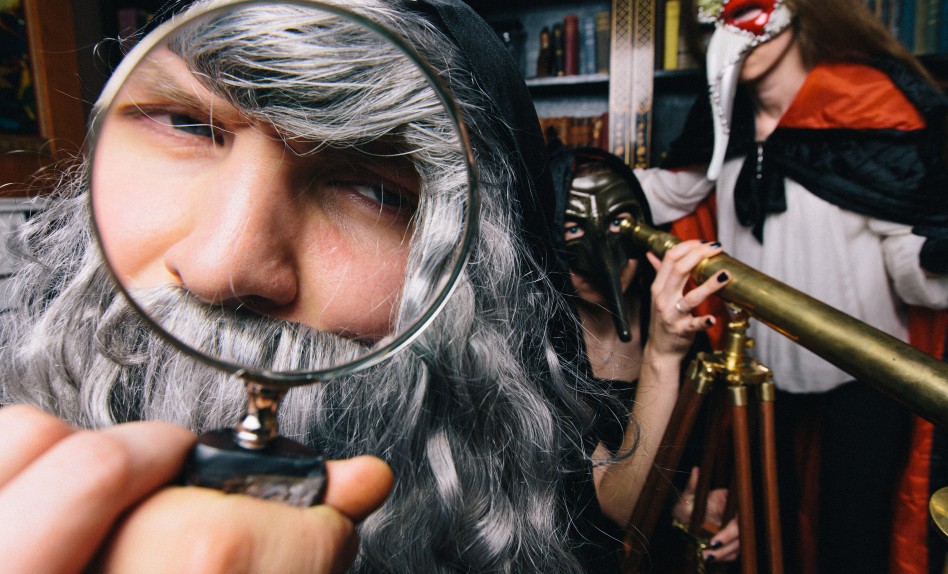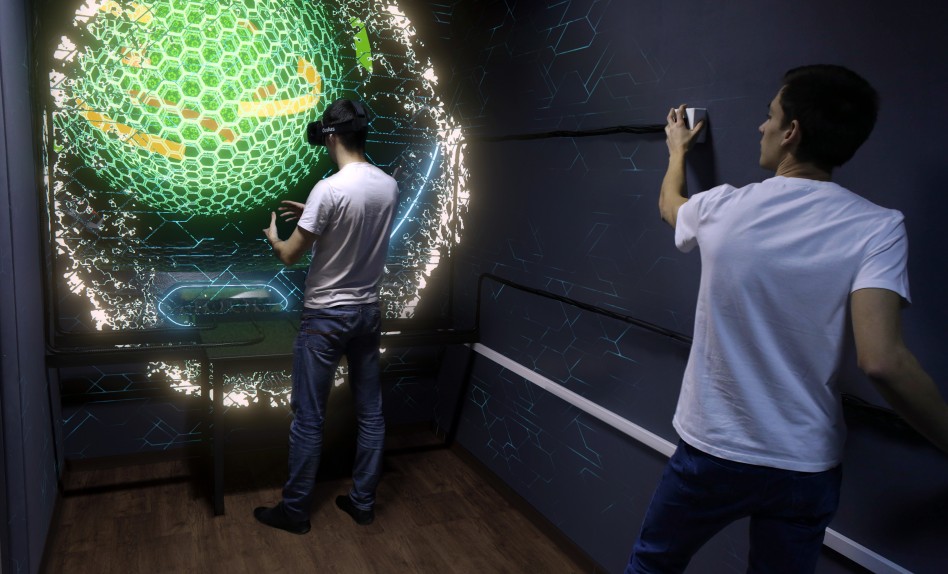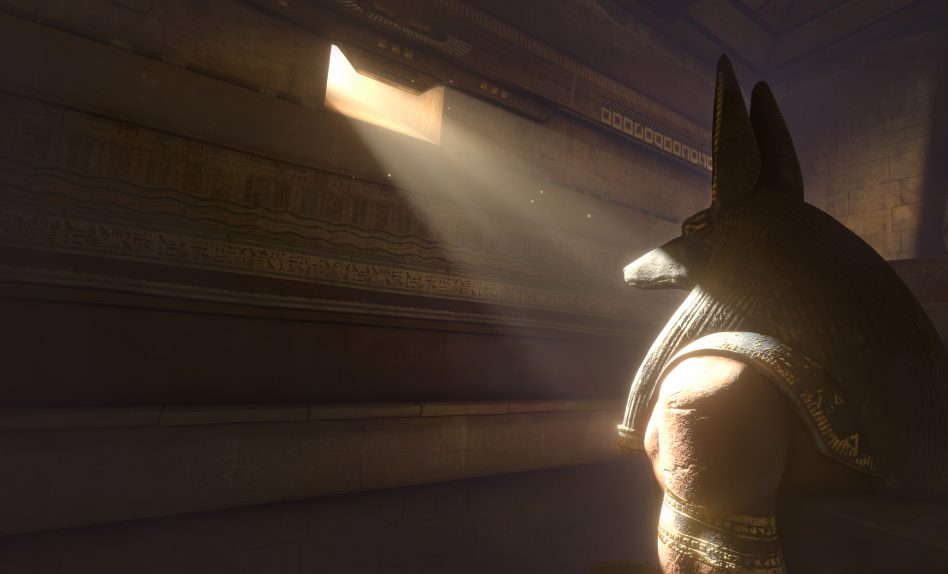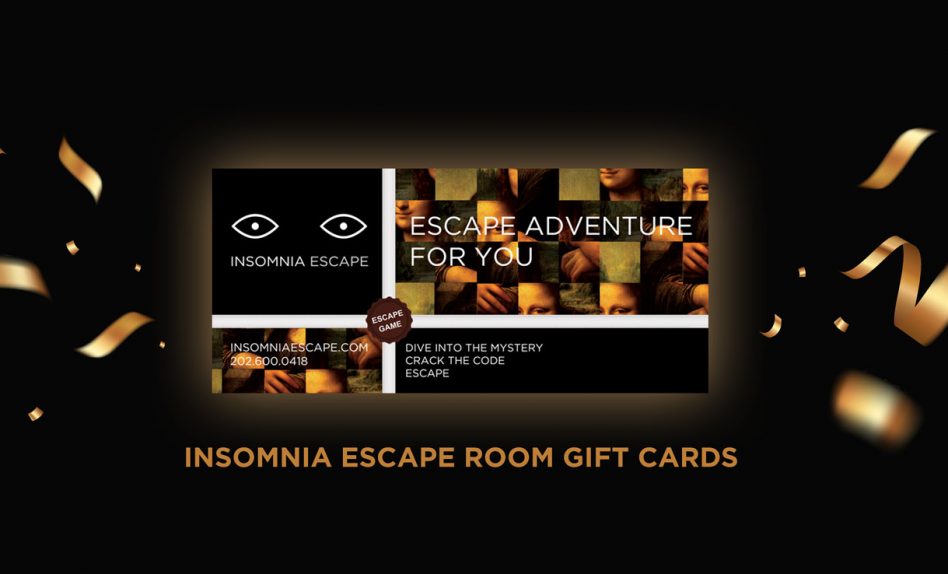DC Escape Room Success Rates: Can You Beat the Odds?
Unraveling Escape Room Success Rates in DC: What to Expect
The clock ticks relentlessly as you scan the room for clues. Your heart races, matching the urgency of the countdown. Welcome to the world of DC escape rooms, where your wits face the ultimate test. But what are your real chances of breaking free?
My first escape room left me humbled. As a puzzle enthusiast, I thought I’d breeze through it. Reality hit hard when the timer ran out, and we were still fumbling with the final lock. That failure sparked my curiosity about success rates and what separates victorious teams from those left scratching their heads.
After exploring the wide variety of themes and challenges available in escape rooms DC, I’ve uncovered fascinating insights about success rates. Typically ranging from 20-30%, these numbers might seem low, but they reflect the perfect balance of challenge and achievability that makes escape rooms so addictive.
Let’s dive into the factors that influence escape room success and how you can boost your odds of victory. Whether you’re a seasoned escaper or a curious first-timer, understanding these elements can transform your next adventure from frustrating to fantastic.
Factors Affecting Escape Room Success in DC
Ever wondered why some teams crack the code while others flounder? Success completing escape rooms in DC hinge on a mix of surprising factors.
Team Composition and Size
I once saw strangers outperform friends. Why? They balanced their skills perfectly. The ideal team size is usually 4-6 players. Too few, and you’re overwhelmed. Too many, and you’re tripping over each other.
Experience Level of Participants
Novices bring fresh perspectives, while veterans know common tricks. A mix often works best. On my second try, I teamed up with both newbies and experienced players. We escaped with minutes to spare.
Room Difficulty and Design
DC offers various difficulty levels. Some rooms suit beginners, others challenge experts. The theme and puzzle types also matter. For more detailed strategies, check out our comprehensive guide on escape room DC tips to maximize your chances of success.
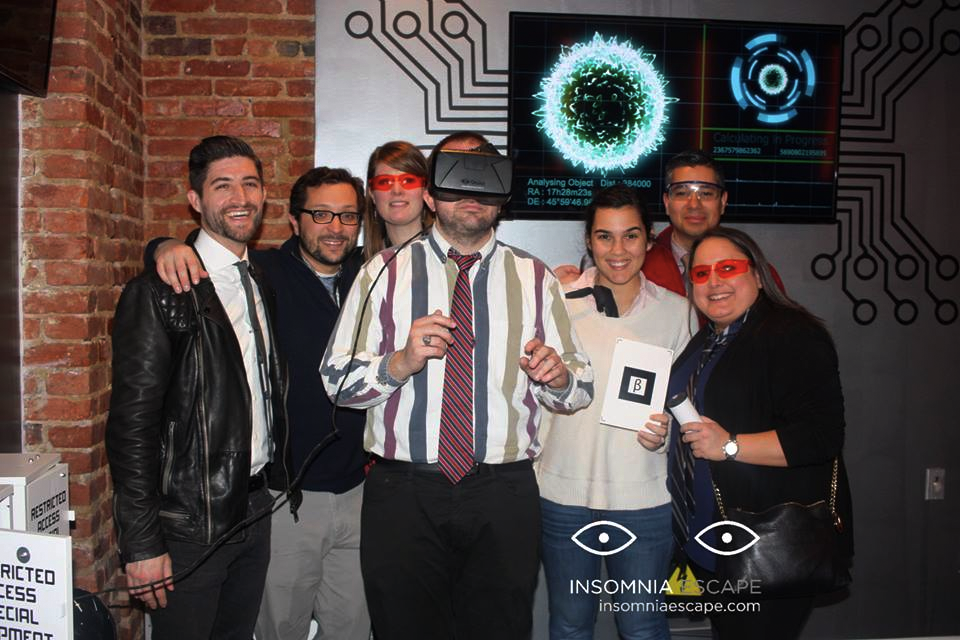
Average Success Rates Across Different Escape Room in DC
DC’s escape rooms offer a smorgasbord of themes, each with its own success rates. Let’s break down the odds:
Historical Themes: Unraveling DC’s Past
History buffs, rejoice! These rooms often boast higher success rates, around 35-40%. Why? Familiar narratives provide context clues. I once tackled a White House-themed room where our team’s knowledge of presidential trivia saved the day.
Sci-Fi and Futuristic Escapes
These high-tech marvels can be tricky, with success rates dipping to 20-25%. The unfamiliar settings and gadgets throw many teams off. But for the tech-savvy, these rooms are a playground of possibilities.
Mystery and Detective Scenarios
With success rates hovering around 30%, these rooms strike a balance. They reward sharp observation and deductive reasoning. In one Sherlock Holmes-inspired room, spotting a tiny detail in a painting led us to the final key.
If you’re planning a family outing, explore our selection of family-friendly escape rooms DC that offer age-appropriate challenges and fun for all. Remember, success rates aren’t everything – the thrill is in the chase!
Tips to Improve Your Chances of Escaping in DC
Want to beat the odds? Here are some strategies I’ve honed through countless escapes (and near-misses):
Effective Communication Strategies
Clear, concise communication is your lifeline. In one room, we wasted precious minutes because half the team didn’t know about a crucial clue. Now, we always share discoveries immediately and clearly.
Time Management in Escape Rooms
Time flies when you’re having fun – or panicking. Set mini-deadlines for each puzzle section. If you’re stuck for more than 5-7 minutes, move on and come back later. This strategy saved us in a particularly tricky spy-themed room.
Observation and Detail Orientation
Every detail counts. That innocuous painting? It might hide a secret. That out-of-place book? Probably important. Train your eye to spot the unusual. In one memorable escape, the key to our freedom was hidden in plain sight – on the back of our entrance ticket!
Remember, practice makes perfect. Each room you attempt, whether you escape or not, sharpens your skills for the next challenge.
The Psychology Behind Escape Room Success and Failure
Your mindset plays a crucial role in your escape room performance. Let’s explore the mental game:
Stress Management in High-Pressure Situations
The ticking clock can be your worst enemy or your best motivator. I’ve seen teams crumble under pressure, while others thrive. The key? Deep breaths and positive self-talk. In one nail-biting finish, our team’s ability to stay calm under pressure led us to solve the final puzzle with seconds to spare.
Cognitive Biases in Escape Room Scenarios
Watch out for mental traps. Confirmation bias can make you stick to wrong solutions. Groupthink might prevent you from considering alternative ideas. Stay open-minded and question assumptions. This approach helped us crack a particularly devious puzzle that had us going in circles.
The Role of Creativity and Lateral Thinking
Sometimes, the solution isn’t logical – it’s creative. Thinking outside the box can be your secret weapon. In one art-themed room, solving a puzzle required us to literally think in colors, combining clues in an unexpected way.
By understanding these psychological factors, you can train your mind to become an escape room master.
Ready to test your skills against DC’s most challenging escape rooms? Book your adventure at Insomnia Escape Rooms in DC today and see if you can beat the odds!


